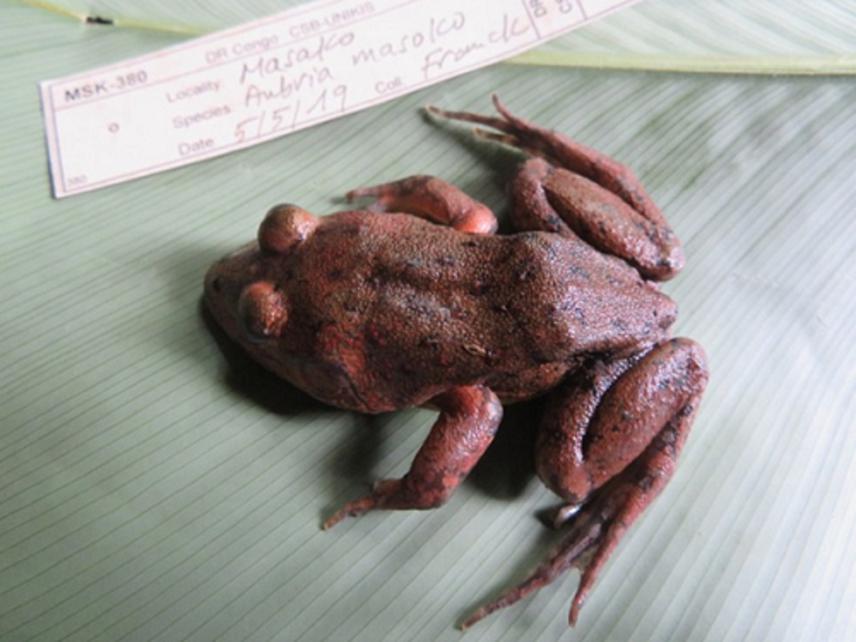Franck Masudi Muenye Mali
Main objectives (3):
(1) Examine the richness and abundance of amphibian species: This objective aims to inventory amphibian species in the Masako Reserve using less invasive capture methods and to establish the specific richness of amphibians in the reserve. This is an update on the specific diversity of amphibians.
(2) Identify distribution patterns of threatened species in the context of climate change: We will have to compare the results of this project with the IUCN Red List and forest distribution maps at risk, in order to identify species that are threatened with the ultimate aim of recognizing distribution patterns of threatened species in the context of climate change.
(3) Promote indigenous education in biodiversity management and build the capacity of decision-makers: Lack of knowledge of forest management and its benefits is among the issues facing indigenous people and authorities involved in environmental management and nature conservation in the DRC.

Aubria masako.
The forests of the Congo Basin are rich in biodiversity, particularly amphibians, which are not well known in DR Congo, due to a lack of real expertise. The Kisangani region theoretically contains between 50 and 80 amphibian species, a proven diversity. With such a specific richness and specificity of many unexplored areas and habitats, there is an urgent need for conservation action on amphibians to enable sustainable and efficient management of this resource, in this case amphibians, with ecologically significant collateral effects in favour of other biological groups present in this ecosystem. Not only would evidence of data on amphibians in the Masako Reserve be available and usable, but it would also accelerate the restoration processes of the Masako Reserve.
To ensure the sustainability of the results of this project, environmental education of decision-makers and the local community is planned so that all stakeholders take ownership of the project. This strategy will put the local community back on the map, the guardian of biodiversity at the centre of discussions on biodiversity from which it is still excluded. In most cases, the local community tramples underfoot on all the different resolutions, regardless of their relevance to biodiversity management, because it is not invited to the participation table. The local community knows very well that the charge books are never respected.
We believe that the situation must be changed by empowering the local community in the management of biodiversity. This is why this project has taken this aspect seriously in order to involve it in the reflection leading to the preservation of biodiversity in the short term and, in the long term, to the total restoration of the Masako reserve.
This reserve is strategically located to provide the people of Kisangani with unprecedented ecosystem services and opportunities for the development of ecotourism, one of the pillars of an entity's economic development.